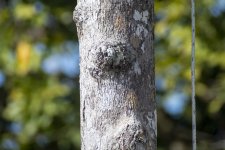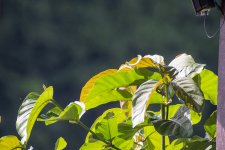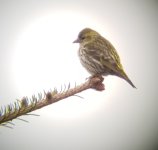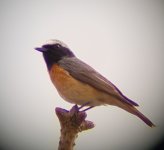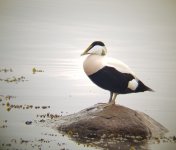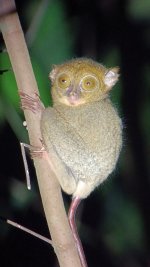Passakorn
Well-known member
Hello there,
I am interested in digiscoping, especially for 4k video. Now I am using the sony a7iv with 200-600mm zoom. With 2 x extender I get about equivalent 1800mm with 4k 60p video (it has 1.5x crop factor). At many times I still feel the bird is too far as I cannot move closer and image quality starts to degrade greatly, as much as when I put M4/3 camera on a reflector telescope like a Celestron C6.
I ran across this youtube and I think image quality is very good for digiscoping video.
of course the image quality is far from super telephoto at close range. But is is very neat to get about eqv. 3500mm video rig which there is no telephoto can reach this distance.
I am wonderif what is a typical power the digiscoping is done, or what is an optimum power? I think 3500mm at 70x is for the extreme case. Let’s presume the atmospheric condition is good for doing this and do not pay a big factor for image quality for now.
I am trying to compare and choose the digiscope setup to the available portable regular camera/setup. Now the potential portable one is the new Fuji XH2 with 150-600mm lens. With 8K video it can reach about eqv. 1800mm or about 2560mm (50x) with 1.4x extender when cropping down from 8k to 4k. The setup will be less than 2.5kg which is very good for the reach.
I am mainly interested in long range 4k video for interesting bird beheavior at very far distance as I think the image quality for still photo doesn’t cut it compared to super telephoto.
Also do we gain extra reach (xx power) if we use smaller sensor such as m4/3 compared to a full frame camera? I am thinking about Swarovski digiscoping system.
Thank you very much for your suggestions.
Passakorn
I am interested in digiscoping, especially for 4k video. Now I am using the sony a7iv with 200-600mm zoom. With 2 x extender I get about equivalent 1800mm with 4k 60p video (it has 1.5x crop factor). At many times I still feel the bird is too far as I cannot move closer and image quality starts to degrade greatly, as much as when I put M4/3 camera on a reflector telescope like a Celestron C6.
I ran across this youtube and I think image quality is very good for digiscoping video.
of course the image quality is far from super telephoto at close range. But is is very neat to get about eqv. 3500mm video rig which there is no telephoto can reach this distance.
I am wonderif what is a typical power the digiscoping is done, or what is an optimum power? I think 3500mm at 70x is for the extreme case. Let’s presume the atmospheric condition is good for doing this and do not pay a big factor for image quality for now.
I am trying to compare and choose the digiscope setup to the available portable regular camera/setup. Now the potential portable one is the new Fuji XH2 with 150-600mm lens. With 8K video it can reach about eqv. 1800mm or about 2560mm (50x) with 1.4x extender when cropping down from 8k to 4k. The setup will be less than 2.5kg which is very good for the reach.
I am mainly interested in long range 4k video for interesting bird beheavior at very far distance as I think the image quality for still photo doesn’t cut it compared to super telephoto.
Also do we gain extra reach (xx power) if we use smaller sensor such as m4/3 compared to a full frame camera? I am thinking about Swarovski digiscoping system.
Thank you very much for your suggestions.
Passakorn






